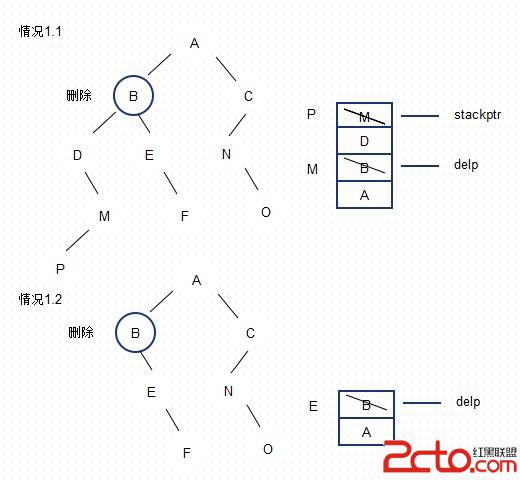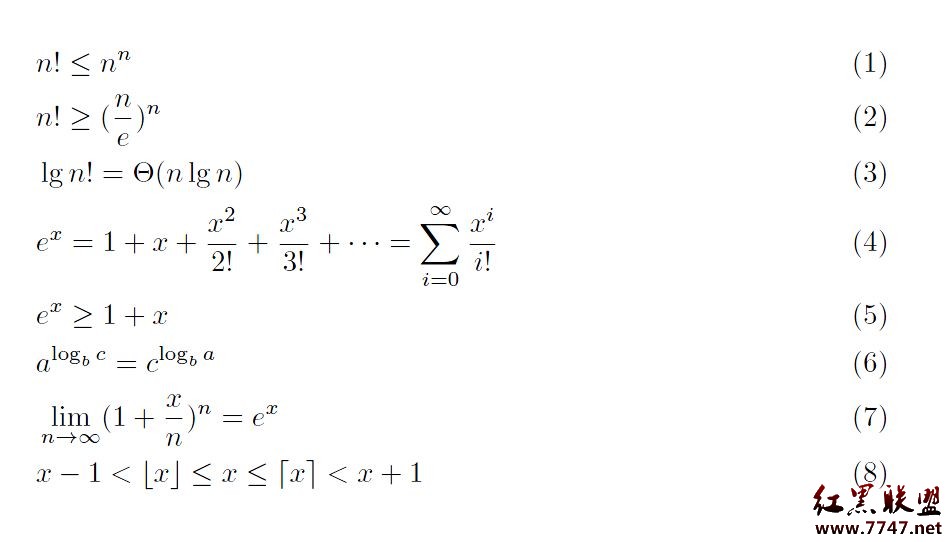C++完美实现Singleton模式
Singleton模式是常用的设计模式之一,但是要实现一个真正实用的设计模式却也不是件容易的事情。标准的实现
1 class Singleton
2 {
3 public:
4 static Singleton * Instance()
5 {
6 if( 0== _instance)
7 {
8 _instance = new Singleton;
9 }
10 return _instance;
11 }
12 protected:
13 Singleton(void)
14 {
15 }
16 virtual ~Singleton(void)
17 {
18 }
19 static Singleton* _instance;
20 };
这是教科书上使用的方法。看起来没有什么问题,其实包含很多的问题。下面我们一个一个的解决。
问题一 自动垃圾回收
上面的程序必须记住在程序结束的时候,释放内存。为了让它自动的释放内存,我们引入auto_ptr改变它。
1 #include <memory>
2 #include <iostream>
3 using namespace std;
4 class Singleton
5 {
6 public:
7 static Singleton * Instance()
8 {
9 if( 0== _instance.get())
10 {
11 _instance.reset( new Singleton);
12 }
13 return _instance.get();
14 }
15 protected:
16 Singleton(void)
17 {
18 cout <<"Create Singleton"<<endl;
19 }
20 virtual ~Singleton(void)
21 {
22 cout << "Destroy Singleton"<<endl;
23 }
24 friend class auto_ptr<Singleton>;
25 static auto_ptr<Singleton> _instance;
26 };
27 //Singleton.cpp
28 auto_ptr<Singleton> Singleton::_instance;
问题二 增加模板
在我的一个工程中,有多个的Singleton类,对Singleton类,我都要实现上面这一切,这让我觉得烦死了。于是我想到了模板来完成这些重
复的工作。
现在我们要添加本文中最吸引人单件实现:
1 #include <memory>
2 using namespace std;
3 using namespace C2217::Win32;
4
5 namespace C2217
6 {
7 namespace Pattern
8 {
9 template <class T>
10 class Singleton
11 {
12 public:
13 static inline T* instance();
14
15 private:
16 Singleton(void){}
17 ~Singleton(void){}
18 Singleton(const Singleton&){}
19 Singleton & operator= (const Singleton &){}
20
21 static auto_ptr<T> _instance;
22 };
23
24 template <class T>
25 auto_ptr<T> Singleton<T>::_instance;
26
27 template <class T>
28 inline T* Singleton<T>::instance()
29 {
30 if( 0== _instance.get())
31 {
32 _instance.reset ( new T);
33 }
34
35 return _instance.get();
36 }
37
38 //Class that will implement the singleton mode,
39 //must use the macro in it's delare file
40 #define DECLARE_SINGLETON_CLASS( type ) \
41 friend class auto_ptr< type >;\
42 friend class Singleton< type >;
43 }
44 }
问题三 线程安全
上面的程序可以适应单线程的程序。但是如果把它用到多线程的程序就会发生问题。主要的问题在于同时执行_instance.reset ( new T);
就会同时产生两个新的对象,然后马上释放一个,这跟Singleton模式的本意不符。所以,你需要更加安全的版本:
1 #include <memory>
2 using namespace std;
3 #include "Interlocked.h"
4 using namespace C2217::Win32;
5
6 namespace C2217
7 {
8 namespace Pattern
9 {
10 template <class T>
11 class Singleton
12 {
13 public:
14 static inline T* instance();
15
16 private:
17 Singleton(void){}
18 ~Singleton(void){}
19 Singleton(const Singleton&){}
20 Singleton & operator= (const Singleton &){}
21
22 static auto_ptr<T> _instance;
23 static CResGuard _rs;
24 };
25
26 template <class T>
27 auto_ptr<T> Singleton<T>::_instance;
28
29 template <class T>
30 CResGuard Singleton<T>::_rs;
31
32 template <class T>
33 inline T* Singleton<T>::instance()
34 {
35 if( 0 == _instance.get() )
36 {
37 CResGuard::CGuard gd(_rs);
38 if( 0== _instance.get())
39 {
40 _instance.reset ( new T);
41
补充:软件开发 , C++ ,




